 The Snow Was Dirty
The Snow Was Dirty Maigret and the Tramp
Maigret and the Tramp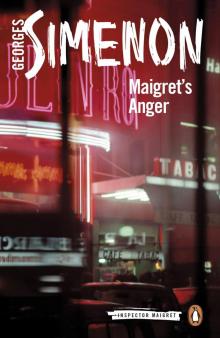 Maigret's Anger
Maigret's Anger Maigret and the Loner
Maigret and the Loner The Krull House
The Krull House Maigret's Pickpocket
Maigret's Pickpocket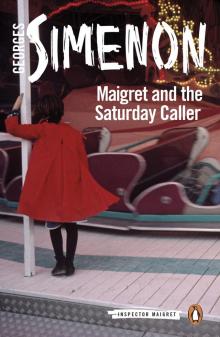 Maigret and the Saturday Caller
Maigret and the Saturday Caller Maigret and Monsieur Charles
Maigret and Monsieur Charles Maigret Hesitates
Maigret Hesitates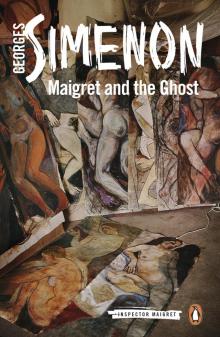 Maigret and the Ghost
Maigret and the Ghost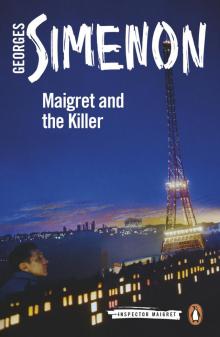 Maigret and the Killer
Maigret and the Killer Maigret's Patience
Maigret's Patience Maigret and the Nahour Case
Maigret and the Nahour Case Maigret's Childhood Friend
Maigret's Childhood Friend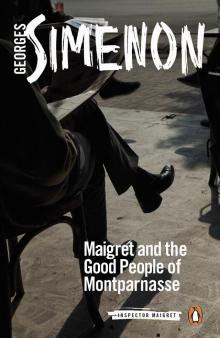 Maigret and the Good People of Montparnasse
Maigret and the Good People of Montparnasse Maigret and the Lazy Burglar
Maigret and the Lazy Burglar Maigret and the Wine Merchant
Maigret and the Wine Merchant Maigret and the Headless Corpse
Maigret and the Headless Corpse A Crime in Holland
A Crime in Holland Maigret's Dead Man
Maigret's Dead Man The Late Monsieur Gallet
The Late Monsieur Gallet Maigret and the Old People
Maigret and the Old People Maigret's Holiday
Maigret's Holiday Liberty Bar
Liberty Bar The Misty Harbour
The Misty Harbour The Madman of Bergerac
The Madman of Bergerac Maigret's Mistake
Maigret's Mistake Maigret's Madwoman
Maigret's Madwoman Monsieur Monde Vanishes
Monsieur Monde Vanishes Act of Passion
Act of Passion The Two-Penny Bar
The Two-Penny Bar Dirty Snow
Dirty Snow Maigret at the Coroner's
Maigret at the Coroner's Félicie
Félicie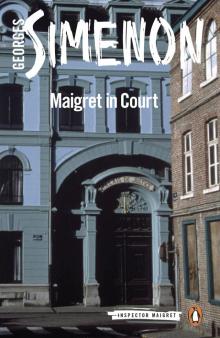 Maigret in Court
Maigret in Court Maigret and the Old Lady
Maigret and the Old Lady The Hand
The Hand The Little Man From Archangel
The Little Man From Archangel Maigret's Memoirs
Maigret's Memoirs Maigret and the Man on the Bench
Maigret and the Man on the Bench The Grand Banks Café
The Grand Banks Café Pietr the Latvian
Pietr the Latvian Maigret and the Dead Girl
Maigret and the Dead Girl Maigret and the Minister
Maigret and the Minister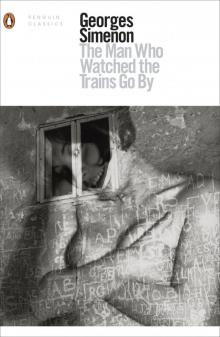 The Man Who Watched the Trains Go By
The Man Who Watched the Trains Go By Inspector Cadaver
Inspector Cadaver Maigret and the Reluctant Witnesses
Maigret and the Reluctant Witnesses Friend of Madame Maigret
Friend of Madame Maigret Maigret, Lognon and the Gangsters
Maigret, Lognon and the Gangsters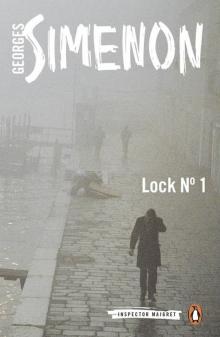 Lock No. 1
Lock No. 1 When I Was Old
When I Was Old The Blue Room
The Blue Room The Dancer at the Gai-Moulin
The Dancer at the Gai-Moulin The Train
The Train Maigret Takes a Room
Maigret Takes a Room Madame Maigret's Friend
Madame Maigret's Friend Maigret Enjoys Himself
Maigret Enjoys Himself Maigret and the Man on the Boulevard
Maigret and the Man on the Boulevard The Carter of ’La Providence’
The Carter of ’La Providence’ The President
The President The Cellars of the Majestic
The Cellars of the Majestic Maigret at Picratt's
Maigret at Picratt's Maigret 51 Maigret Travels
Maigret 51 Maigret Travels My Friend Maigret
My Friend Maigret Maigret
Maigret Maigret's Failure
Maigret's Failure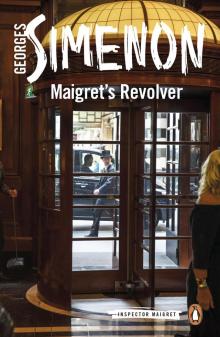 Maigret's Revolver
Maigret's Revolver The Night at the Crossroads
The Night at the Crossroads The Flemish House
The Flemish House Maigret Gets Angry
Maigret Gets Angry Maigret's Doubts
Maigret's Doubts Maigret is Afraid
Maigret is Afraid Maigret Travels
Maigret Travels Pedigree
Pedigree Maigret's Secret
Maigret's Secret Maigret in New York
Maigret in New York Maigret's Doubts (Inspector Maigret)
Maigret's Doubts (Inspector Maigret) Sunday
Sunday The Hanged Man of Saint-Pholien
The Hanged Man of Saint-Pholien The Yellow Dog
The Yellow Dog Three Bedrooms in Manhattan
Three Bedrooms in Manhattan Maigret Goes to School
Maigret Goes to School Three Bedrooms in Manhattan (New York Review Books Classics)
Three Bedrooms in Manhattan (New York Review Books Classics) The Hotel Majestic
The Hotel Majestic Maigret and the Tall Woman
Maigret and the Tall Woman The Judge's House
The Judge's House Maigret 53 Maigret and the Reluctant Witnesses
Maigret 53 Maigret and the Reluctant Witnesses Signed, Picpus
Signed, Picpus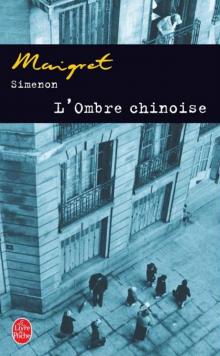 Maigret: The Shadow in the Courtyard (1987)
Maigret: The Shadow in the Courtyard (1987) Cécile is Dead
Cécile is Dead Mr Hire's Engagement
Mr Hire's Engagement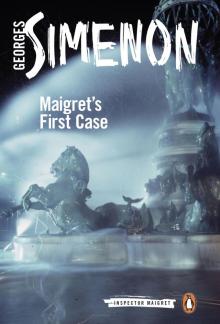 Maigret's First Case
Maigret's First Case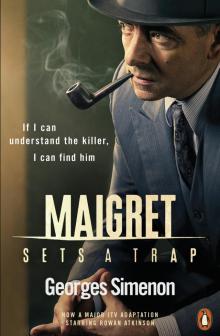 Maigret Sets a Trap
Maigret Sets a Trap